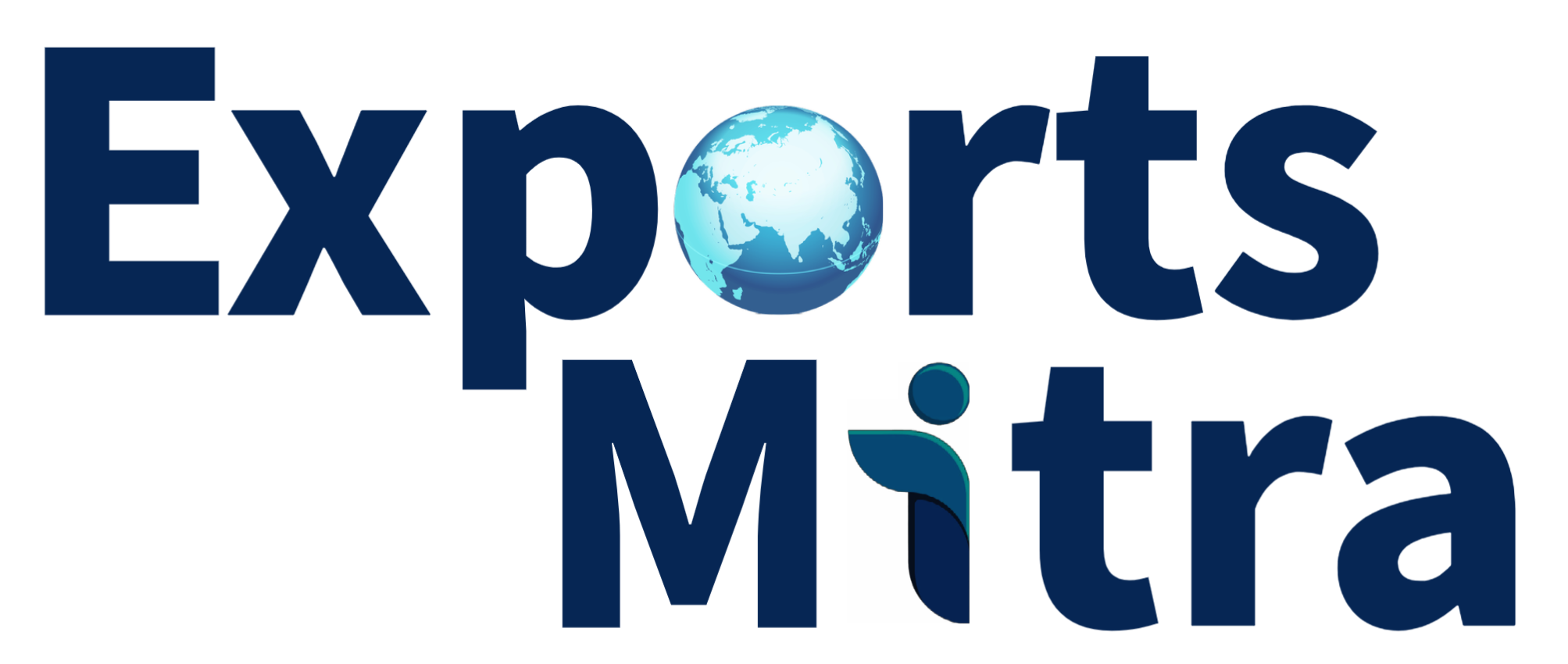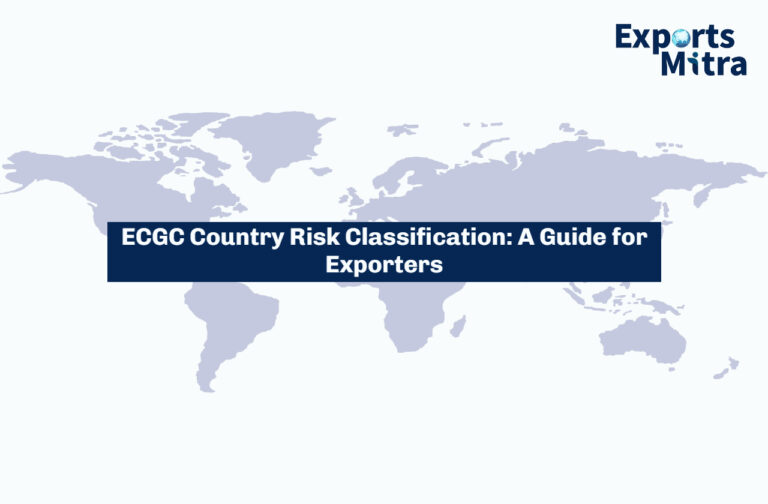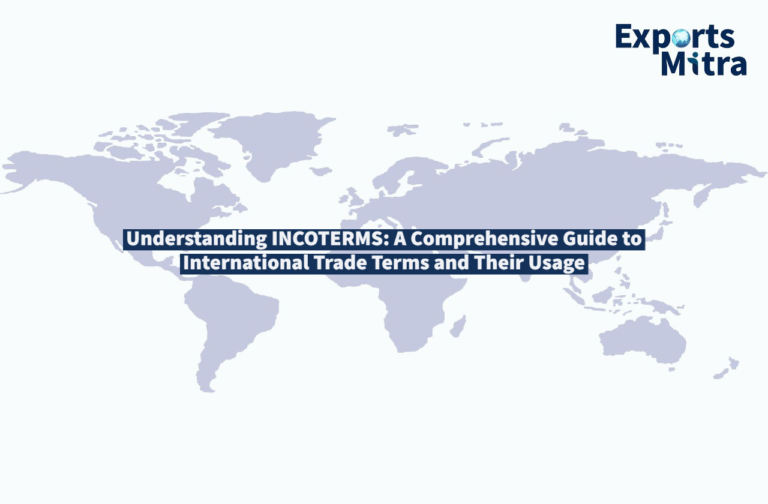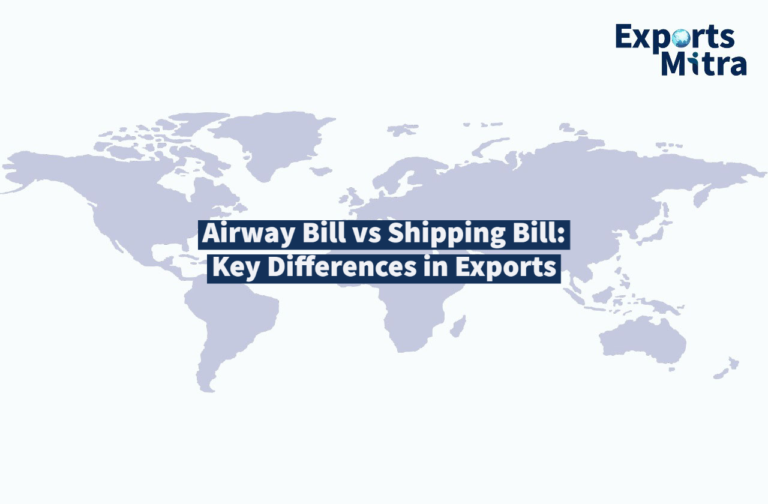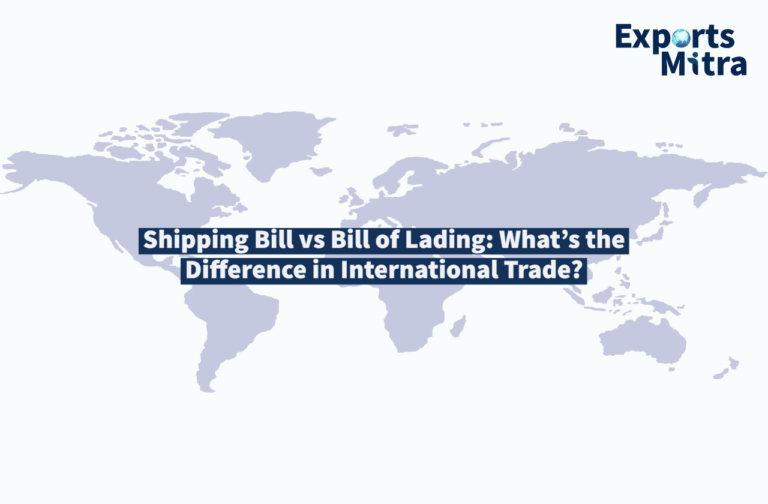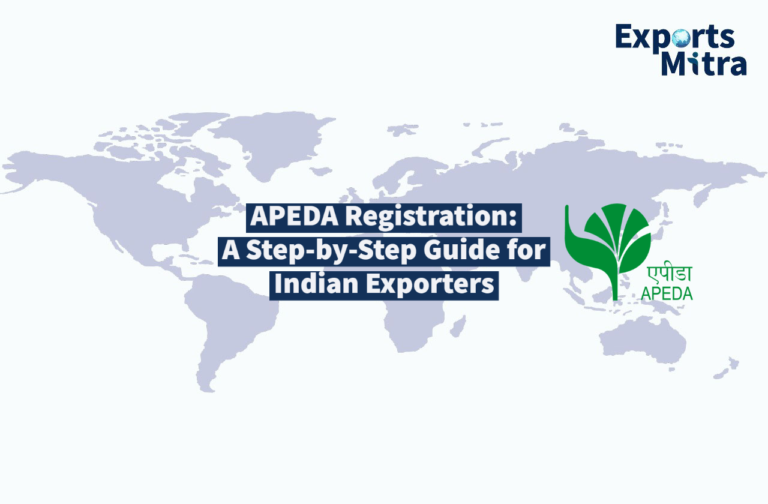International trade requires secure and reliable payment methods that provide assurance to both the exporter and the importer. There are various payment terms available for Indian exporters to use in conducting international trade transactions, including Advance Payment, letter of credit (LC), Documents Against Payment (D/P), and Documents against Acceptance (D/A). Each payment term has its advantages and disadvantages, and the choice of the payment term depends on the trust between the buyer and the seller, the risk involved, and the nature of the goods being traded.
Table of Contents
Advance Payment
Advance Payment is a payment term that requires the buyer to pay the exporter before the goods are shipped. This method provides a high level of security for the exporter as there is no risk of non-payment. However, this method may not be feasible for buyers who may not be willing to pay upfront, which can lead to the loss of potential customers.
Letter of Credit (LC)
Letter of Credit is a widely used payment term that provides security for both parties. The buyer applies to their bank for a letter of credit in favor of the exporter, guaranteeing payment upon the presentation of the required documents. The exporter can ship the goods to the buyer and present the shipping documents to their bank, which verifies the documents and releases payment. LC offers a high level of security for both parties as long as the terms of the letter of credit are followed precisely. However, this method can be relatively expensive and time-consuming.
Documents Against Payment (D/P)
Documents Against Payment is a payment term in which the exporter ships the goods to the buyer and sends the shipping documents to the buyer’s bank, which releases them to the buyer after the payment has been made. This method provides some security for the exporter, but there is still some risk involved as the buyer may refuse to make payment.
Documents Against Acceptance (D/A)
Documents Against Acceptance is a payment term in which the exporter ships the goods to the buyer and sends the shipping documents to the buyer’s bank, which releases them to the buyer on the condition that the buyer accepts a time draft drawn on them. The buyer agrees to pay the draft at a specified time in the future, usually 30, 60, or 90 days after the shipment. This method provides more flexibility to the buyer but involves some risk for the exporter.
In addition to the payment terms mentioned above, Indian exporters may also use other payment methods such as open account, consignment, and factoring.
Open Account
Open account is a payment term in which the exporter ships the goods to the buyer and invoices them with a due date for payment. This method involves the highest level of risk for the exporter as there is no guarantee of payment, and the exporter must rely solely on the buyer’s creditworthiness. Open account is typically used when there is a long-standing relationship between the buyer and the seller, and there is a high level of trust between them.
Consignment
Consignment is a payment term in which the exporter ships the goods to the buyer, but retains ownership of the goods until they are sold by the buyer. The exporter receives payment only when the buyer sells the goods. This method offers more flexibility to the buyer as they do not have to make payment upfront, but it involves more risk for the exporter as they do not receive payment until the goods are sold.
Factoring
Factoring is a financial service in which the exporter sells their accounts receivable to a third-party factor at a discount. The factor assumes the risk of non-payment by the buyer and pays the exporter the discounted amount immediately. This method provides quick access to cash flow and reduces the risk of non-payment, but it involves a fee for the factor’s services, which reduces the exporter’s profit margin.
For example, an Indian exporter of pharmaceutical products may choose LC as the payment term when exporting to a new customer in a foreign country. LC provides assurance to the exporter that they will receive payment upon presenting the required documents. However, the cost of using LC may be relatively high, which may increase the price of the product, making it less competitive in the market. On the other hand, a well-established exporter of perishable goods may choose D/A as the payment term when exporting to a long-term customer with a good credit history, as this method provides more flexibility to the buyer and reduces the risk of losing the customer.
In summary, the choice of payment term depends on the level of trust between the buyer and the seller, the risk involved, and the nature of the goods being traded. While Advance and LC offer more security for the exporter, D/P and D/A offer more flexibility to the buyer. Exporters must evaluate the risks involved and weigh the costs and benefits of each payment term before choosing the best option for their business.
The choice of payment term depends on the trust between the buyer and the seller, the risk involved, and the nature of the goods being traded. Exporters must carefully evaluate the costs and benefits of each payment method before choosing the best option for their business.
